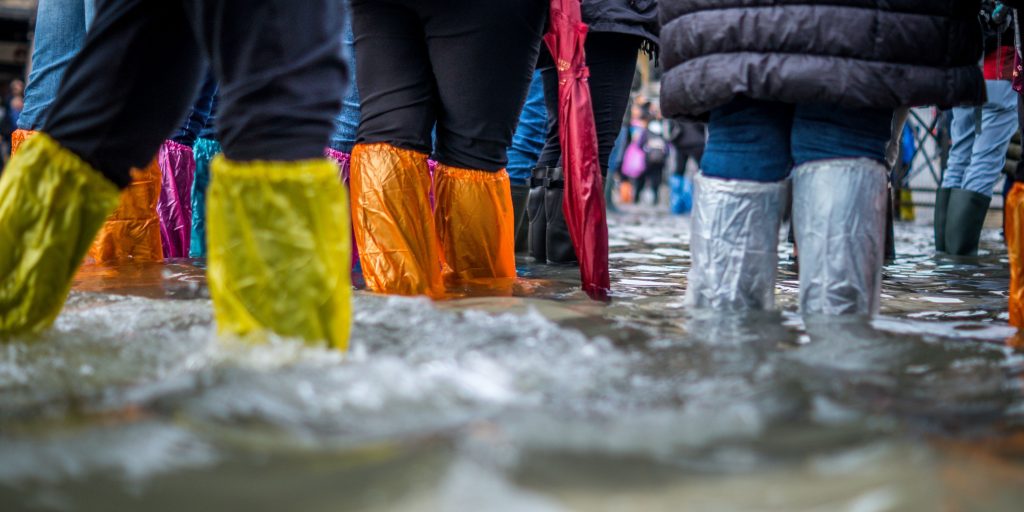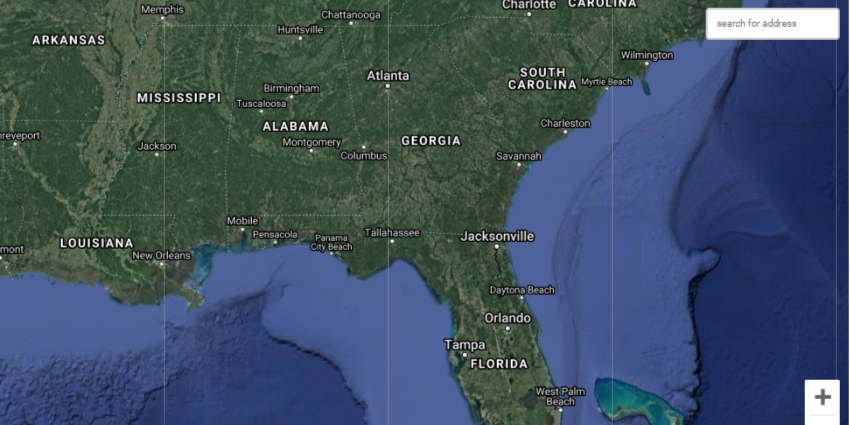AWS Public Sector Blog
Category: Sustainability
Addressing environmental challenges with the AWS Cloud
Azavea believes in the power of geospatial technology to improve communities and the planet. Azavea has been exploring the power of this technology to help their clients to answer complex questions in a wide range of domains from urban ecosystems, infrastructure planning, and economic development to water, energy, and climate change. As part of the Amazon Sustainability Data Initiative (ASDI), we invited Jessica Cahail, product manager at Azavea, to share how her organization is using AWS and open data to develop tools that help users address environmental challenges and deliver knowledge to support decision making.
Building cloud-based community knowledge about machine learning to predict and understand extreme weather
The National Center for Atmospheric Research (NCAR) is a federally funded research and development center sponsored by the National Science Foundation. It engages in large-scale Earth system science research projects in collaboration with the broader university community. NCAR hosts visitors from around the world, develops community models including the Community Earth System Model and the Weather Research and Forecasting Model, and maintains supercomputers, observational systems, and aircraft to support further study on the how the planet works. As part of the Amazon Sustainability Data Initiative, we invited Dr. David John Gagne, machine learning (ML) scientist at NCAR, to share how open data and machine learning on AWS are impacting the way we predict and understand extreme weather.
Promoting biodiversity conservation with open data and the cloud
Working with a network of 100 biodiversity information centers and 1,000 conservation scientists, NatureServe identifies and understands the most important places to prevent species extinction and ecosystem loss. They provide land use decision-makers in federal and state agencies, industry, academics, and nonprofits with information to meet both regulatory and biodiversity conservation needs. NatureServe and its network collect and maintain data on the conservation status and location of threatened and endangered species, developed over decades of field data collection. But these data have been underutilized in environmental review decision-making processes due to challenges surrounding awareness, access, and reliable or seamless integration with other systems. To address these challenges, they developed an online spatially explicit tool on AWS.
Improving our knowledge about the oceans by providing cloud-based access to large datasets
As a physical oceanographer focused on remote sensing, Dr. Chelle Gentemann, senior scientist at Farallon Institute, has worked for over 20 years on retrievals of ocean temperature from space. She uses measurements of sea surface temperature from satellites to understand how the ocean impacts our lives. Chelle’s work requires analysis of large volumes of data, which requires access to large data storage and computational resources. Although most large research institutions can secure those IT resources, that is not the case for smaller organizations or underserved communities around the world. As part of the Amazon Sustainability Data Initiative, we invited Dr. Gentemann to share her perspective on the value of hosting high-resolution climate data on AWS.
Enabling rapid COVID-19 and air pollution analysis across the globe with OpenAQ and AWS
Unravelling the relationship between COVID-19 and air pollution is vital for protecting public health. For example, preliminary works suggest that those living in environments with polluted air are significantly more likely to be adversely affected by COVID-19. At the same time, air pollution is already known to cause an estimated one out of every eight deaths globally. The decrease in human activities due to COVID-19 lockdowns across the world has people wondering how air pollution levels are being impacted—and what valuable public health and policy lessons we can learn.
Communicating a national flood risk assessment using AWS
The First Street Foundation is dedicated to communicating the flood and inundation risks posed by a changing environment, with an emphasis on allowing Americans to discover and understand those risks. By building awareness, our hope is that every individual is empowered to take steps to reduce their risk exposure to flooding, as well as that of their communities—today and in the future. First Street created a nationwide assessment of flood risk for the CONUS and DC, and is now sharing that assessment through Flood Factor™.
How artificial intelligence helps monitor forest dryness
Forest wildfire risk is increasing in the western United States. In the past five decades, large wildfire frequency and the area destroyed have risen by more than four and six times, respectively. The increased risk posed by wildfires has prompted scientists to try to assess wildfire risk to help inform whether to move people to safety before disastrous wildfires occur.
Himawari-8: Enabling access to key weather data
Last December, AWS announced the expansion of its collaboration with the U.S. NOAA to make environmental data easier to access and use through the Big Data Program. Users can now access new, authoritative NOAA data on AWS without needing to download and store their own copies. Researchers and entrepreneurs can deploy compute resources on-demand in the cloud, perform analysis quickly and efficiently, and save costs by letting researchers ask more questions and experiment more easily. One of the foundational datasets now available on AWS through this collaboration is Himawari-8, the Japan Meteorological Agency’s satellite dataset.
Using the AWS Cloud to restore ecosystems around the world
The world’s forests have decreased by nearly half since the onset of human civilization. Deforestation is continuing at a high rate due to agricultural pressure, poor land management, and climate change, which increases drought, disease, and invasive species. But a new generation of technologies is transforming our ability to manage and grow forests. The unprecedented level of data enables ecology-trained artificial intelligence (AI) to inventory the ecosystem and identify problems like plant condition stress, invasive weeds, species decline, and erosion. Learn how Dendra Systems is using the cloud to restore ecosystems around the world.
Accelerating climate resilience through asset-level risk assessment insights
For climate change adaptation and resilience, it is important to assess the risks associated with the impacts of climate change and then understand and take action to mitigate those risks. Since 1980, the U.S. has experienced 258 weather and climate disasters where the overall damage costs reached or exceeded $1 billion. As floods become more frequent and costly and natural hazards and climate change impact physical building assets, business continuity, and asset values, big data and analytical technology can be used to create high-tech risk assessments and economic loss estimations.









